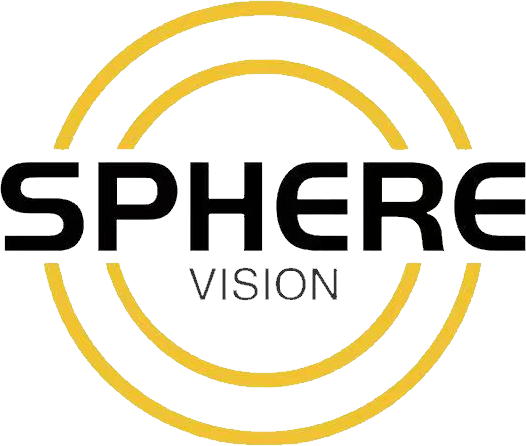Article 7: How Pixel Density Affects Spherical LED Screen Performance
2025-08-27
7
H1: How Pixel Density Affects Spherical LED Screen Performance
H2: Understanding Pixel Density and Pixel Pitch
Pixel density, measured as pixel pitch (mm), refers to the distance between LED centers. Smaller pitch means more LEDs per area, resulting in sharper images. Choosing the correct pixel density is critical for visual clarity, color accuracy, and audience engagement.
H2: 1. Pixel Pitch and Display Clarity
Large Pixel Pitch (P10–P16): Suitable for long-distance viewing, such as stadiums or outdoor billboards. May appear granular at close range.
Small Pixel Pitch (P3–P4.8): Ideal for indoor close-range installations. Smooth visuals with detailed textures and gradients.
H2: 2. Color Accuracy and Image Quality
Higher pixel density provides better RGB control, producing smooth color transitions and minimizing artifacts. Low-density screens can exhibit color blocks or distortion, especially for high-resolution videos or interactive content.
H2: 3. Impact on Interactive Applications
Spherical screens are often used in interactive displays. High-density screens can show detailed feedback for touch, gesture, or sensor-based interaction, creating a more immersive experience. Low-density screens may result in lag, unclear visuals, and reduced audience engagement.
H2: 4. Choosing the Right Pixel Density
Indoor Viewing (<5 meters): P3–P4 recommended
Outdoor Viewing (>10 meters): P6 or higher sufficient
Budget Considerations: Higher density improves quality but increases cost and maintenance requirements
H2: 5. Additional Factors to Consider
Content Resolution: Ensure video content matches screen density for optimal results
Refresh Rate: High refresh rates prevent flicker and improve dynamic performance
Viewing Angle: Consider module design to maintain clarity across 360 degrees
Internal Link Example:
For practical guidance, see our Spherical LED Screen Maintenance Guide.
Conclusion:
Pixel density directly influences visual clarity, color fidelity, and interactivity. Selecting the appropriate pixel pitch ensures that your spherical LED screen delivers high-quality, immersive experiences tailored to your audience and application.
news
-
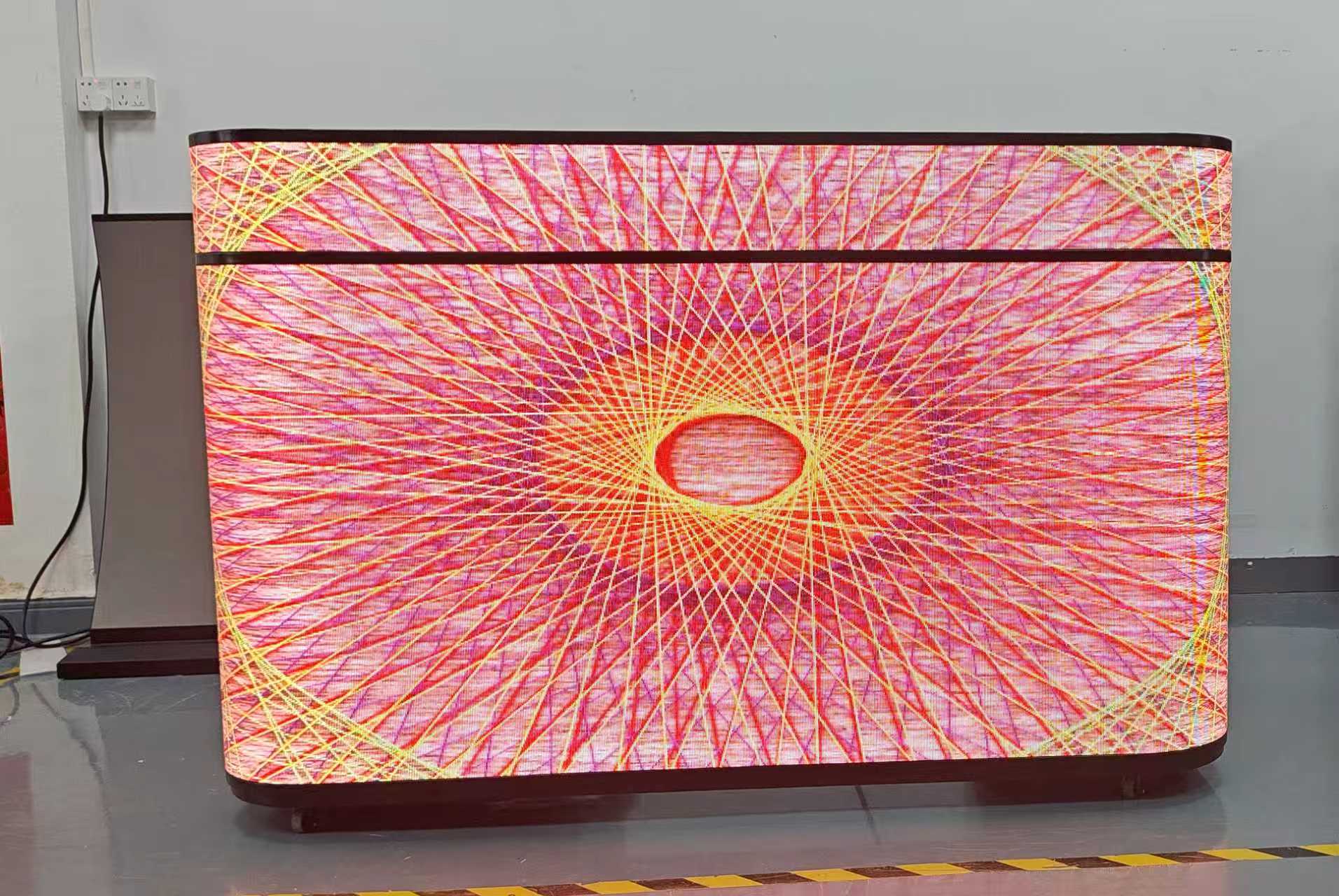
2025-08-29
Where Can an Outdoor LED DJ Booth Be Used?
-
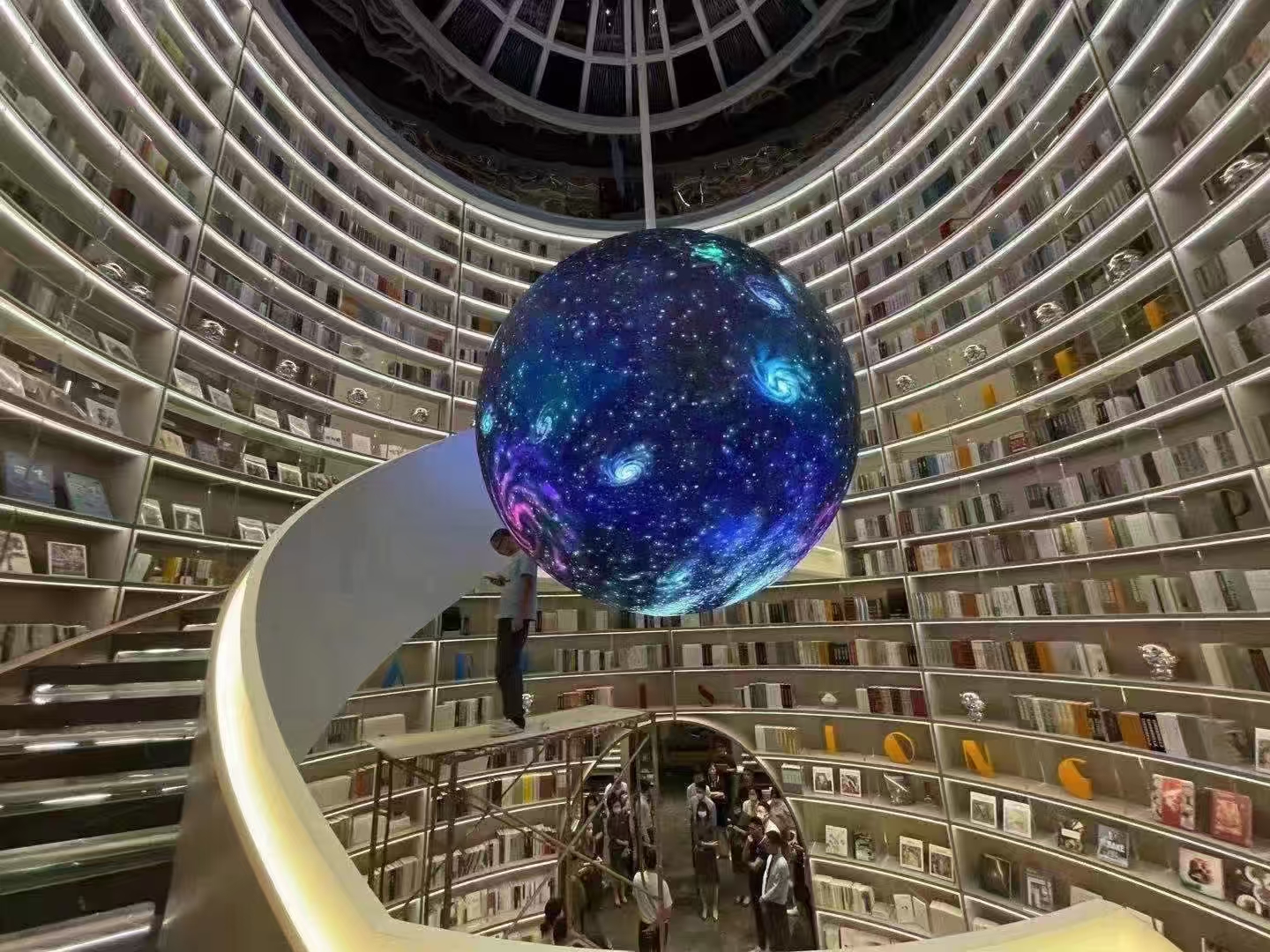
2025-08-27
Article 8: Understanding the Working Principle of Spherical LED Screens
-
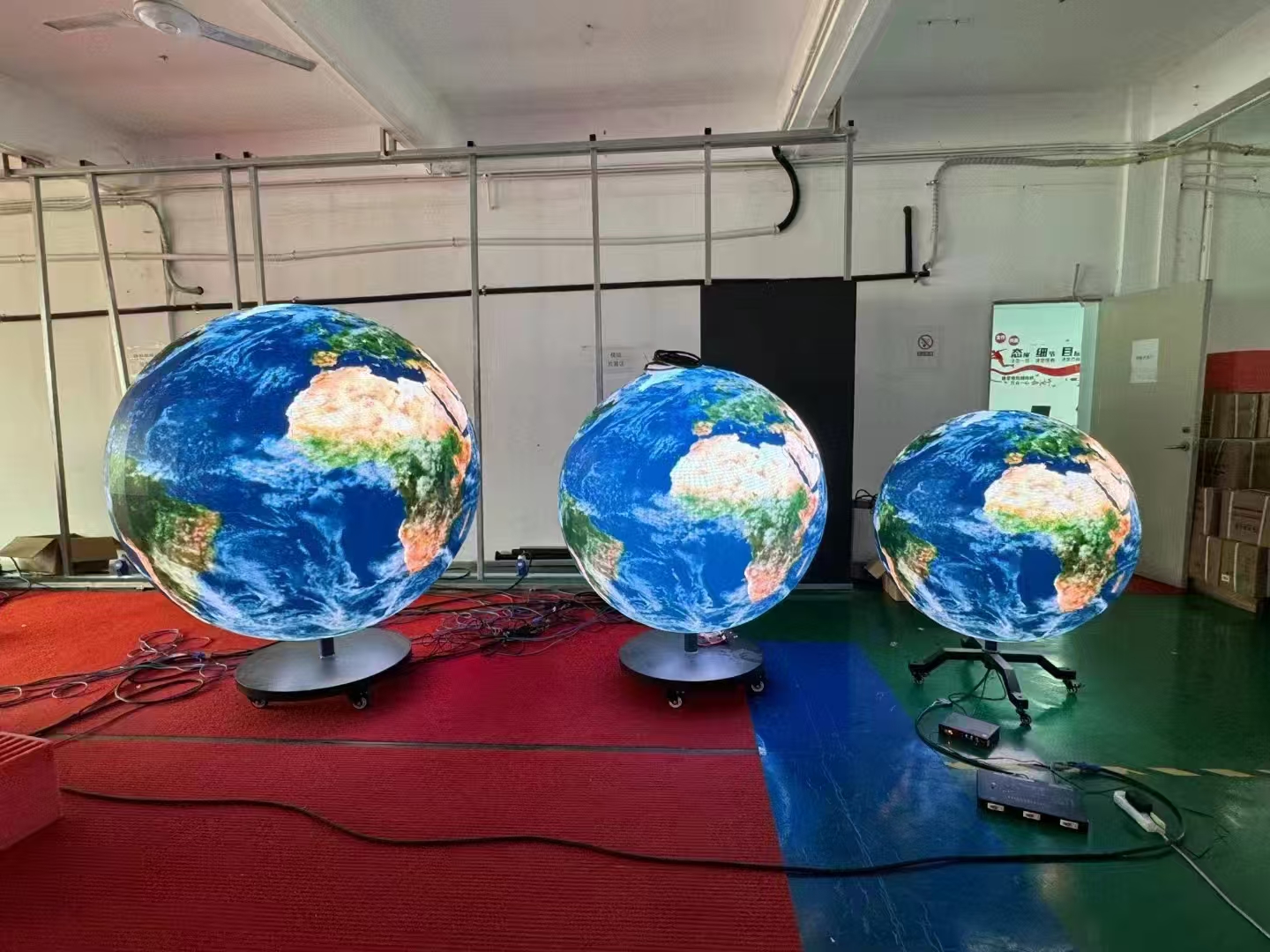
2025-08-27
Article 7: How Pixel Density Affects Spherical LED Screen Performance
-
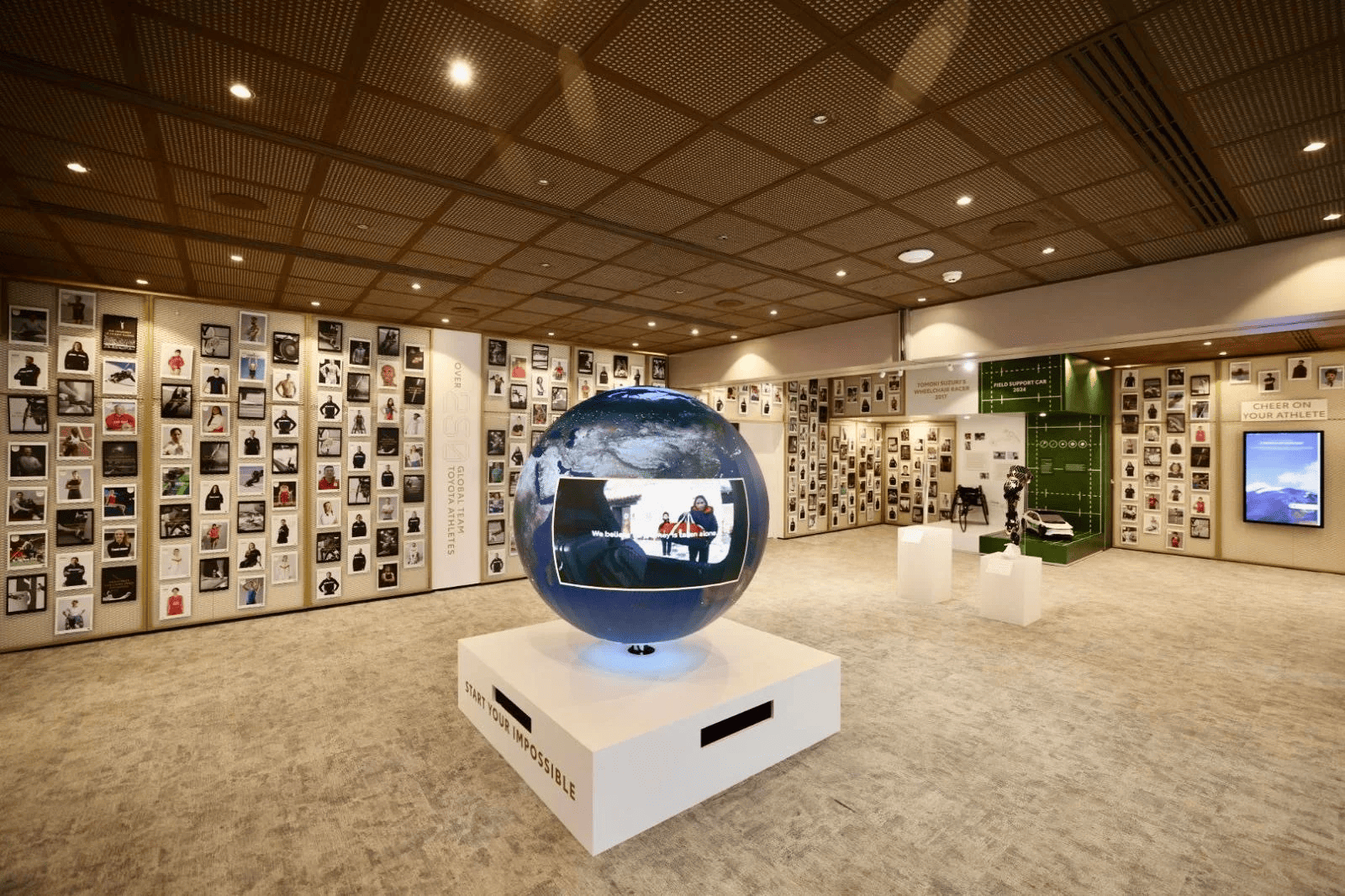
2025-08-27
Article 6: Comprehensive Maintenance Guide for Spherical LED Screens
-
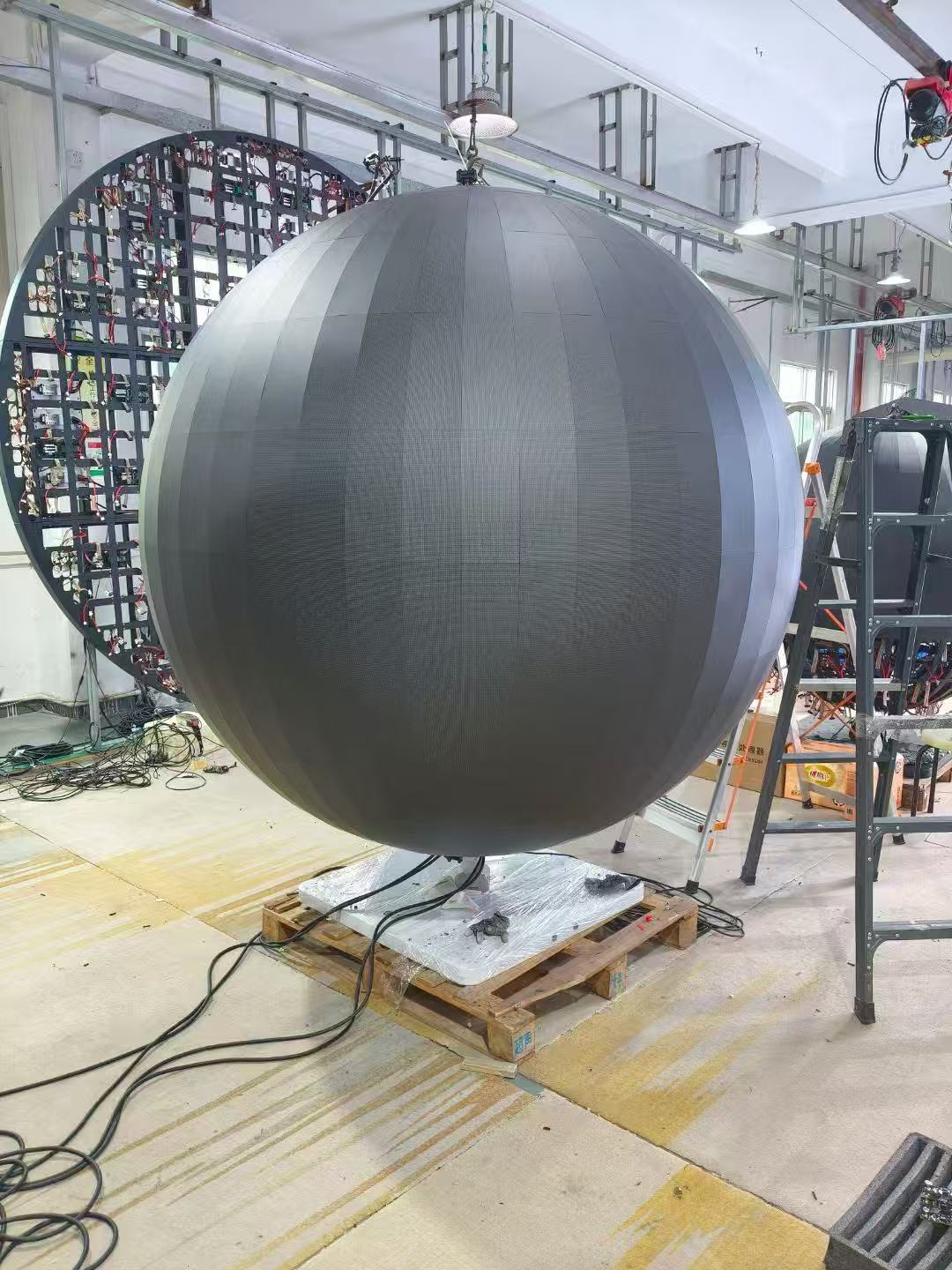
2025-08-27
Article 9: Understanding Pixel Pitch Differences and Maintenance for Spherical LED Displays
